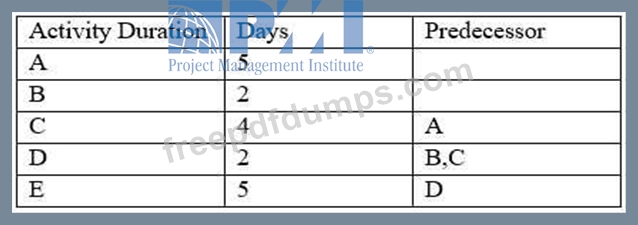Explanation/Reference:
Explanation:
5.2.3.2 Requirements Traceability Matrix
The requirements traceability matrix is a grid that links product requirements from their origin to the deliverables that satisfy them. The implementation of a requirements traceability matrix helps ensure that each requirement adds business value by linking it to the business and project objectives. It provides a means to track requirements throughout the project life cycle, helping to ensure that requirements approved in the requirements documentation are delivered at the end of the project. Finally, it provides a structure for managing changes to the product scope.
Tracing includes, but is not limited to, tracing requirements for the following:
Business needs, opportunities, goals, and objectives;

Project objectives;

Project scope/WBS deliverables;

Product design;

Product development;

Test strategy and test scenarios; and

High-level requirements to more detailed requirements.

Attributes associated with each requirement can be recorded in the requirements traceability matrix. These attributes help to define key information about the requirement. Typical attributes used in the requirements traceability matrix may include: a unique identifier, a textual description of the requirement, the rationale for inclusion, owner, source, priority, version, current status (such as active, cancelled, deferred, added, approved, assigned, completed), and status date. Additional attributes to ensure that the requirement has met stakeholders' satisfaction may include stability, complexity, and acceptance criteria.
Process: 5.2 Collect Requirements
Definition: The process of determining, documenting, and managing stakeholder needs and requirements to meet project objectives.
Key Benefit: The key benefit of this process is that it provides the basis for defining and managing the project scope including product scope.
Inputs
1. Scope management plan
2. Requirements management plan
3. Stakeholder management plan
4. Project charter
5. Stakeholder register
Tools & Techniques
1. Interviews
2. Focus groups
3. Facilitated workshops
4. Group creativity techniques
5. Group decision-making techniques
6. Questionnaires and surveys
7. Observations
8. Prototypes
9. Benchmarking
10.Context diagrams
11.Document analysis
Outputs
1. Requirements documentation
2. Requirements traceability matrix





